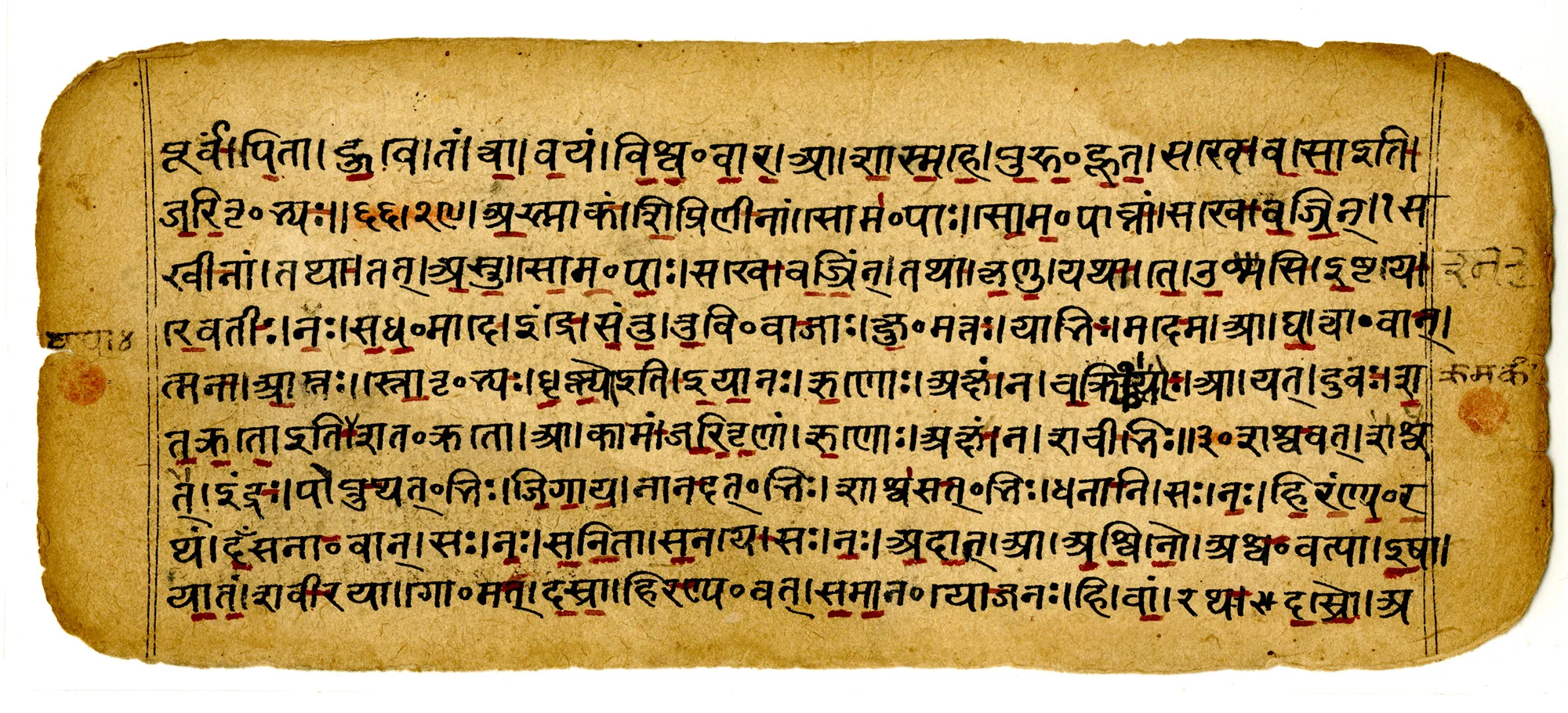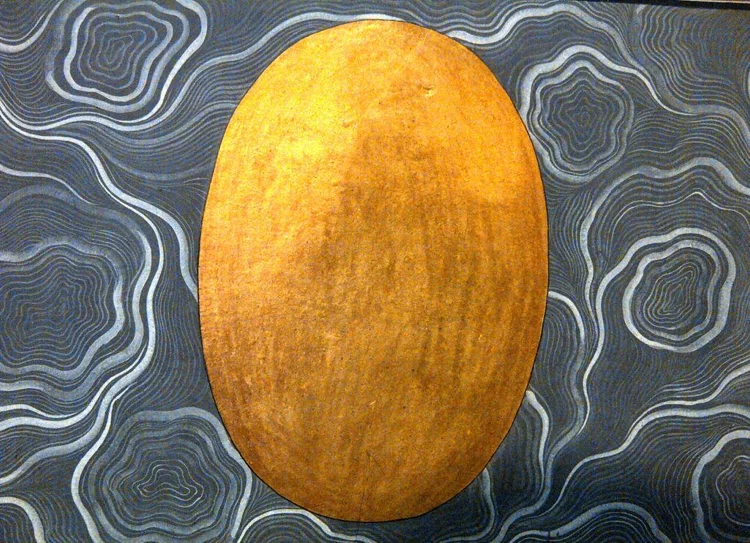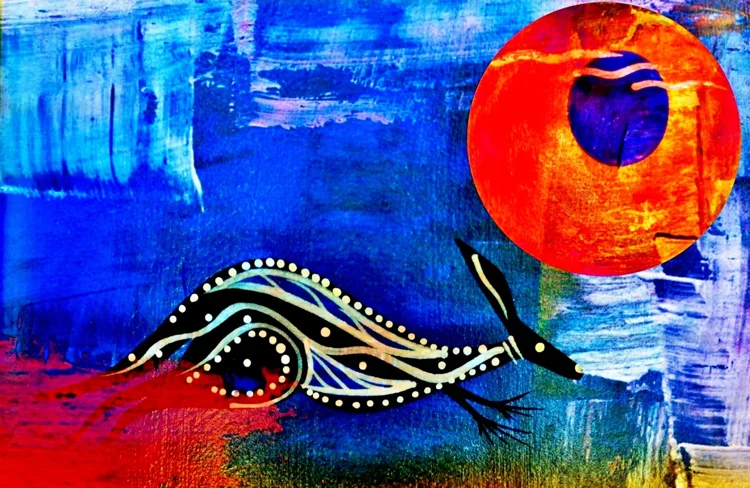Creation and Origin
The big bang theory
Out of Nothingness
In the beginning, God created the heavens and the earth.
The first words of the book of Genesis from the Old Testament of the Bible, are probably the most recognisable phrase in the English language. Over a period of four days, night and day, earth, sky, oceans and land was created. On the fifth and sixth days every living creature was created and man was made in God’s own image. On the seventh day God rested.
The Abrahamic faiths accept this statement as the truth. God created the universe, and prepared a ground for life. And that everything that is, exists as it did from the sixth day, from many years ago.
The book of Genesis was first compiled in a written form between the 6th and 5th centuries BCE, as a part of the Torah, one of the key texts in Judaism. The Koran was first codified in 632 CE, on the instructions of the First Caliph, Abu Bakr, the father in law of the Prophet Muhammad. Historical scholars agree that both these texts have been materially unchanged since then.
In the case of Hindus, our set of sources are much more extensive. The story of creation is mentioned across the various texts including ‘Shruti (Heard)’ texts like the Vedas and the Upanishads, and ‘Smriti (Remembered)’ texts like the Puranas and the Itihasa (History) texts like the Ramayana and the Mahabharata. Further guidance is found in the texts from the Satapatha Brahman, which provides further commentaries on the Vedic texts and provides further details of creation.
The main sources I have considered for the creation story are derived from the Rig Veda and the Bhagavad Purana, with some input from the Mahabharata, and the Satapatha Brahma - a commentary on the Yajur Veda.

Traditionally, the Vedas are considered apauruṣeya - that is ’not of a man’, but the word can also be translated as “authorless”. And that is the great truth about the four Vedas, that they are unwritten and yet always existing.
Of the 1028 hymns in the Rig Veda, two in particular focus on the creator and on creation. These are the Nasadiya Sukta (10:129), and the Hiranyagarbha Sukta (10:121). The Hiranyagarbha is explored further in the Bhagavad Purana, and the Mahabharata.
The Nasadiya Sukta is known as the Creation Hymn. ná ásat which is the root of the word Nasadiya means not the nonexistent. And while it is a hymn of praise, it also inspires skeptical analysis and rational thought.
The Nasadiya begins with the statement “Then, there was neither non-existence nor existence”. This ‘Then’ refers to the beginning of time. The Nasadiya then goes on to describe this state of nothingness as darkness covered by darkness.
On the third stanza, it goes on to declare that the creator - The One - came into being by the force of heat, likely an energetic reaction of elements. But once the Nasadiya states this as a fact, it begins to question if this was true.
The Nisadaya challenges the reader or the reciter with the question - Is this what really happened? Do you have the confidence to declare this as the truth?
The One that the Nisadaya referes too, is on a completely higher plane of existence, as the text says that even the Gods don’t know about the creator, because they came after creation.
The Nisadaya ends with the conflicting words,
यो अस्याध्यक्षः परमे व्योमन्त्सो अङ्ग वेद यदि वा न वेद ॥
Only the one who is the creator may know the truth; But perhaps even they don’t know.
The Nucleus of Creation
Other verses and later books of the Vedas including the Vedantas, try to give some more definition to this creator and identify it to be the - Brahman.
This ‘One’ being is named as the Brahman (ब्रह्मा), but it is not to be considered the same as the God Brahma, or the caste of brahmins. This Brahman is the highest universal principal, and the ultimate reality of the universe. A single binding unchanging entity responsible for all change. It is the sat-cit-ānanda (truth, consciousness, and bliss) that is manifest in the primordial sound - Aum.
The Hiranyagarbha sukta exalts the creator, attributing the creation of life, of all creatures to it. Through its actions, the geography of the earth was created, including the mountains and the seas. The directions of the worlds are described as the limbs of the One. The Hiranyagarbha itself is to be found floating on the waters of the beginning - called the Ekarnava, the single sea.
Hiranyagarbha lit. means Golden Womb, Hiranya meaning gold, and garbha meaning womb. Poetically also referred to as the Golden Egg or the Universal Germ. The hymn glorifies the diety which was responsible for the creation of the universe.

This hymn follows a structure, with the first portion of every stanza glorifying the deity, and in the last portion affirming that the One is worthy of worship.
The first stanza for example is translated as
In the beginning there was the One in it’s splendour as the Golden Womb;
Manifested as the sole Lord of land, skies, water, space and that beneath;
And who upheld the earth and the heavens;
This is the One we shall worship with our offerings.
The Hiranyagarbha itself is further described in the Bhagavad Purana, the Purana dedicated to Vishnu.
The egg contains the primordial matter - the basis of Prakriti. There is an equilibrium of the three qualities of matter that make up the world - Sattva (Calming, Harmonious), Rajas (Passion, activity, movement) and Tamas (ignorance and inertia).
When the matter in the egg is catalysed by the primordial sound of Aum, it splits and gives birth to the twenty three Tattvas or elements that make up the world. These Tattvas are not just the physical elements - earth, fire, wind, water, air and space, but also contain intellect, ego, mind, sight, hearing, touch.
In this state Purusha (here not meaning man, but consciousness) meets with Prakriti or nature, to create the universe, and prepare the ground for life.
Creation myths around the world
Hinduism is the largest surviving polytheistic faith today, but there were many ancient civilisations and people which had similar creation myths. Migrations from the Central Asian Iranian plateau into Asia, and Europe, formed many of the ancient civilisations. The common root of a shared language and through that a shared cosmology, also led to a similar belief structure across the ancient people.
Let’s consider Zoroastrian cosmology. Ahura Mazda - the creator diety took over 3000 years for the material creation of the world. He created the world as an egg - first creating the sky, that enclosed the world like the shell of an egg. He next created the waters which filled the lower half of the egg. The third to be created was the firmament of the earth, which floated on the primordial water. After which he subsequently created the flora, fauna and the other inhabitants of creation.1
In the West African Dogon mythology, Amma Dogon, the creator, was alone, in the shape of an egg. The egg was divided into four elements, air, earth, fire, & water. Within this egg was the material and structure for all of creation.
Far north in Finland we have the Finnish National epic, the Kalavela, in which there is a myth of the world being created from the fragments of an egg laid by a goldeneye duck on the knee of Ilmatar, the goddess of the air. A translation from the text reads2
The egg’s lower half transformed
And became the earth below,
And its upper half transmuted
And became the sky above;
From the yolk the sun was made,
Light of day to shine upon us;
From the white the moon was formed,
Light of night to gleam above us;
All the colored brighter bits
Rose to be the stars of heaven
And the darker crumbs changed into
Clouds and cloudlets in the sky.
In ancient Egypt, Old Kingdom Pyramid texts (2780-2250 BCE) tell the story of how the world had arisen out of the primordial waters and sky called Nu and Naunet. Ra, the sun god, rested in the waters of Nun in the form of Atum, and it was as Atum that he created the world, before he began to rule and protect all creation as Ra.
In ancient Greece, Gaia - the great mother - was created out of a state of nothingness called Kháos. From her was formed Uranos, the sky.
While civilisations connected by land may have similar beliefs, similar creation myths can be found in ancient civilisations separated by vast seas
The Popol Vuh, tells the creation myth of the Mayan civilisations of the Yucatan Peninsula on the other side of the world.3 The Mayan civilisations placed great importance on raising crops, and their creation story follows the geography and agricultural aspects of the Yucatan. The creation myth is written in the terms of farming.
Like the Nasadiya, the Popol Vuh reads that in the beginning there was the void – the nothingness. The world consisted of the sky and the sea. The gods resided in either the sky or the sea and realized the great potential for the emptiness. Then two gods - Kukulkan, the Feathered Serpent from the sky and Hurricane from the sea, came together to create the world. These two “great thinkers” filled the emptiness through dialogue. Whatever they said was created.

The ancient text describes the creation of the landscape and life of the Earth in agricultural terms. The two gods theorize on how the Earth will be “sewn” and who will be its “provider.” This reflects the importance of agriculture in Mayan culture. From the very beginning of this ancient text this aspect of Mayan life is stressed.
Further East, According to Japanese Shinto stories - Long ago all the elements were mixed together with one germ of life. This germ began to mix things around and around until the heavier part sank and the lighter part rose. A muddy sea that covered the entire earth was created. From this ocean grew a green shoot. It grew and grew until it reached the clouds and there it was tranformed into the gods.
In the traditional tales of the native people of Australia, the Dreamtime, In the beginning, there was was a period when the world was nothing and all the spirits were asleep. The Sun Mother is awoken by the Great Father of All Spirits (who is the only spirit awake) and at his behest she comes down to a bare earth and walks around it, creating fields and valleys, waking spirits and melting ice and sending rivers flowing. Through her actions the entire bounty of the earth is released and all manner of life is created.

Correlation with science
Religion and science in the modern world are sometimes at odds, and its something which always strikes me as strange. To me religion and science are actually two sides of the same coin; and we all need a little bit of a belief in something which cannot be completely explained with facts. The idea is reinforced for me everyday, in the form of the Hiranyagarbha tattoo I have on my right arm.

The Hiranyagarbha story reinforces a scientific belief. The formation of the universe is explained by the Big Bang Theory. The theory states that the universe began as just a single point. Tiny particles combined together to form atoms. Atoms merged together causing reactions, forming stars and galaxies and planets conducive to life. Thus creating a universe that expanded and stretched to grow as large as it is now, and it continues to stretch.
If we were to compare the story of the cosmic egg across all these civilisations and look at the scientific theory of the Big Bang theory, one very recognisable point does become apparent, the ancient people, our ancestors, had a keen interest in how the world worked, and even within the realm of religious belief, they ensured respect for science and nature.
-
Dînâ-î Maînôg-î Khirad 44:8-9 ↩︎